-
Posts
41 -
Joined
-
Last visited
Content Type
Profiles
Forums
Articles
Gallery
Downloads
Events
Posts posted by bebeaux
-
-
Thanks man. The client said she didn't like "curlicues" and fancy stuff, so I kept the design pretty basic.
-
-
-
-
Did you buy this from the manufacturer, or are you the manufacturer? The website has nothing for sale, although it mentioned a production run starting in February.
How easy is it to change the tooling? It doesn't appear to have any way to quickly switch dies.
-
Possibly a copper clad grounding rod, the kind used for electrical installations on house exteriors. Does a magnet stick to it? I'd grind it down to bright steel, or burn it off outdoors and downwind of any humans. I did some forging after a couple days of copper sanding and the copper dust was in the air and getting burned in the forge. it felt like a horrendous whiskey hangover the next day.
-
After reading another thread about flame straightening/shrinking and the incomplete understanding of the process that some had, I thought this website would be instructive. Free advertising removed is the best in the business, and the damage they can correct using torches and come-alongs is nothing short of miraculous. Having used some of these techniques with varying degrees of success, one thing I can say for certain is that while the torch alone can move some metal, the process is way faster using mechanical means(winches, come-alongs) to hold the work in tension/compression.
Another good resource is the AWS publication C4.4 Recommended Practices for Heat Shaping and Straightening with Oxyfuel Gas Heating Torches.
I used this method years ago to bend a 1/8" wall 2" x 4" tube for a custom brush guard/bumper for a friend's truck. Here's a time lapse video of the process
And here's the brush guard...
-
I'm finally getting some paid instruction from a local smith and it is so absolutely worth it. He has been teaching me his tong method, which is far more practical than it is traditional, but metalwork is my only source of income so I need to get it done quick. The greatest insight I had so far was comparing his tongs to the store bought (drop forged) equivalent. He had me put some material in the vise(1/2" round) and grab it with the tongs, and then he said "pull". So I did. Then he said "PULL!", and I used my best tug of war technique and those tongs were locked down tighter than a pit bull. I had no idea how well the tongs were supposed to perform, but I sure do now.
-
I needed to get some 1.5" holes drifted into 1.5" x. 188" flat bar. It was a struggle getting the slit hole opened up, so I rigged up this spring loaded bottom tool. It supports the work nicely without leaving any marks and gets the hole about halfway opened, at which point a swage block (or in my case, a chunk of DOM tube) finishes the drifting.
-
-
-
I purchased a Metalsmith model from Diamondback forge last year (the one with 3 doors) and have put about 400# of propane through it. It is the first and only forge I have used, so take my beginner's opinion for what it's worth. There are some design shortcomings that render it more of a forge for the amateur /hobbyist than a forge to make money with.
The "smooth bore burner bells" are simply pipe reducers with the threads mostly machined off. There is still some root of the thread left, not that it makes much difference, but it's hardly a well constructed venturi.
The burner performance is unreliable. About every other time I start up the forge, one burner loses it's laminar flow, and the flame gets shorter and starts burning up inside the tube a little bit, with a noticeable decrease in efficiency. I've tried starting at pressures from 5-10 psi on the regulator, but the problem remains intermittent.
The 3 doors cannot be opened simultaneously to heat large work without tying back the doors with wire. This is apparent from looking at the photos on the website, but in practice it is awkward and frustrating.
All three doors are insulated with ceramic wool, but there is no room left to seal the face with satanite or other refractory. At best a layer about 1/8" thick is possible before the door won't seal against the forge. If you drop the door from an open position even once, the clay cracks and soon crumbles. If the steel door shell had just another 1/4" of flange, there would be plenty of room for a proper durable layer of refractory. The use of screws to secure the wool is mostly ineffective.
The ceramic brick on the top of the forge is held in place with a thin strip of steel which is has already scaled away to nothing in places, and of the three screws that secure the top of the shell, one sheared off when I attempted to remove them. I think some anti seize is necessary for long-term use, but even then it seems unlikely that the steel will survive several liner replacements.
I haven't bothered with forge welding yet, but I think it would take at least 15 psi to get there. There is no provision for adjusting the ratio of air to fuel, but the scale didn't seem to be excessive.
Overall it works okay, but the inability to put anything more than a feeble layer of refractory over the door insulation is a major bummer.
-
I'll put it in the gas forges section.
-
"The Key to Metal Bumping" is well worth the price. Old school knowledge at its finest, back when turret tops were the latest automobile construction trend. I have a few books by guys named Ron, but this one explains the repair methods better than any I've seen. https://www.eastwood.com/key-to-metal-bumping-book.html
-
I purchased a diamondback forge last year and I am ready to sell it and build my own. Owner's politics aside, it has some shortcomings in the design that make it unsuitable for anything above hobby level usage.
-
The only suitable material I had on hand was 1.5" 4140 round bar. I turned the shank to fit my press, and laid out the design with a prick punch. An assortment of files and some work on the belt grinder finished it up.
My blanks were around 3/16" thick and they cooled too quickly to obtain a good impression from the punch, so I set up my torch right next to the press and squished them as quickly as I could.
12 tons is barely adequate for this shape and material.
-
-
9 hours ago, VaughnT said:
Nice opener design..... but I really like that ruler! I've been hunting for a short ruler like that, but all the ones I can find either have too fine a gradation or have metric as well. A 6"x1" rule that's broken down to eighths on one side and sixteenths on the other -- ooh, would that be nice to have!
It's just a 6" rule with a 4R graduation. Eighths and sixteenths on one side, 32nds and 64ths on the other. FleaBay has some Starrett rules for around $15
-
-
-
-
Steel costs less than apples on a price per pound basis. There are much better dumpster scores out there, take a pass.
-
I saw an auction advertised today for Murray's Iron Works . There should be some good stuff in there if you can make it, it's on March 13. What a shame that a shop of that magnitude is closing down. I wonder if Edgar Brandt could have survived today's market conditions.
-

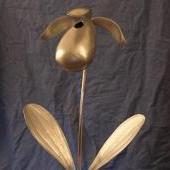
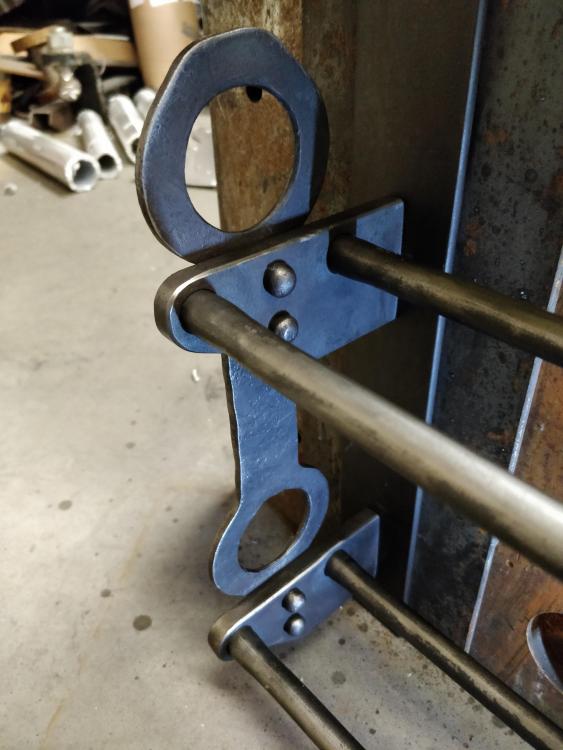
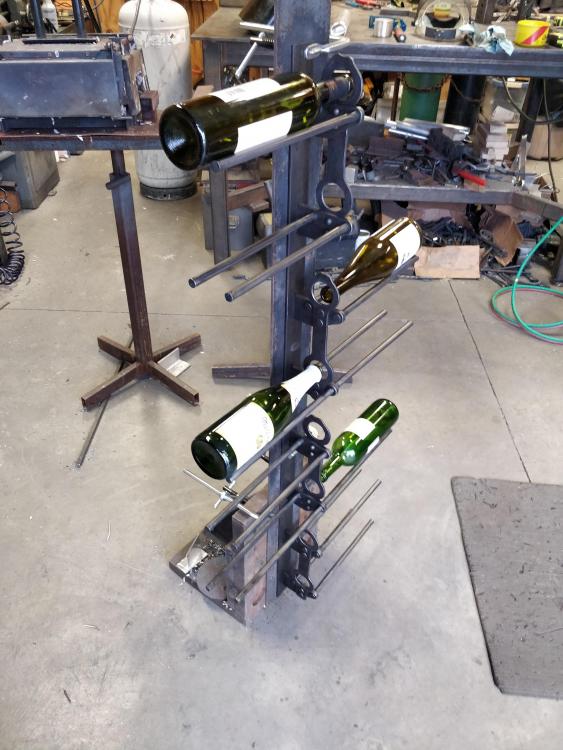
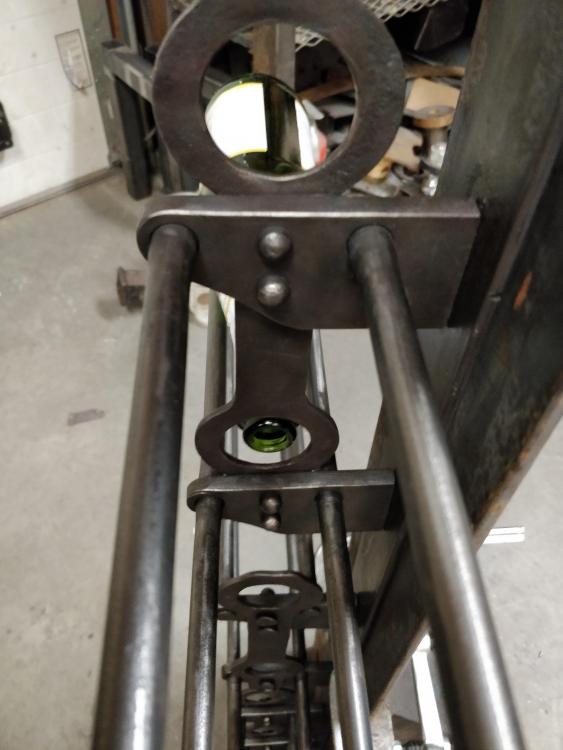
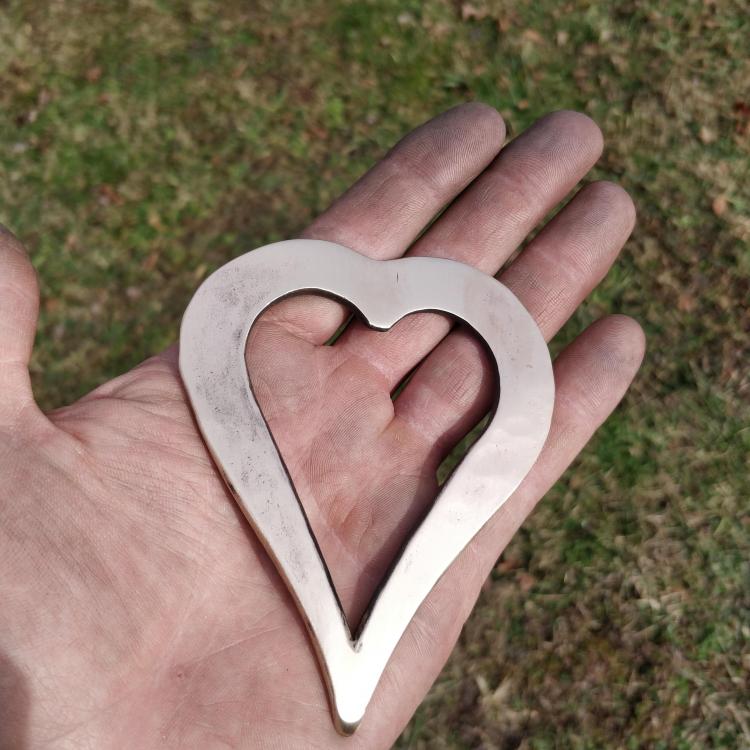
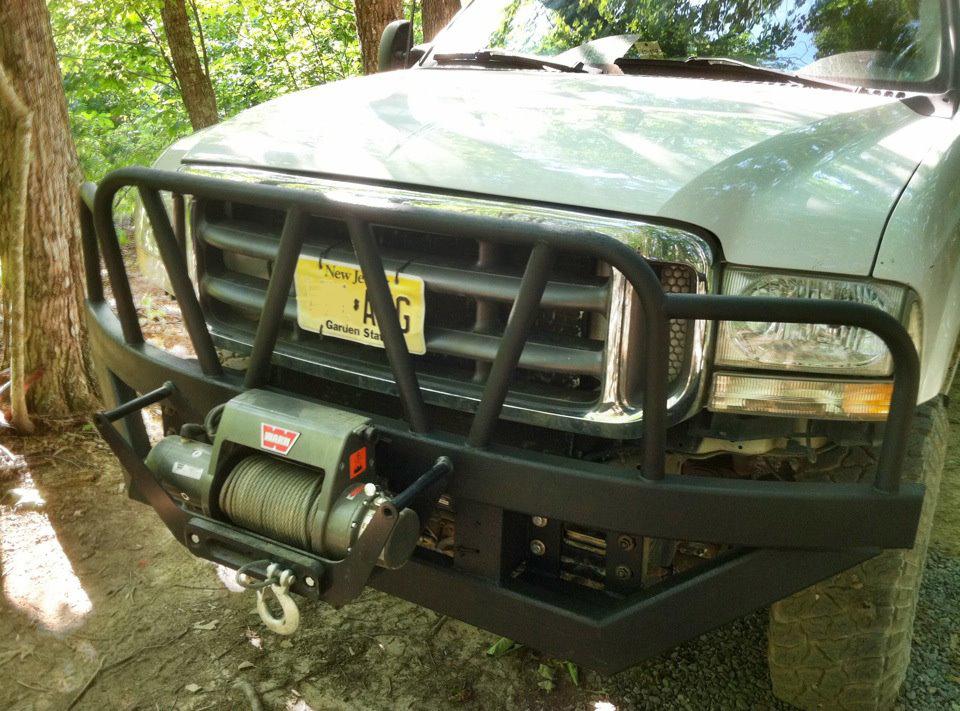
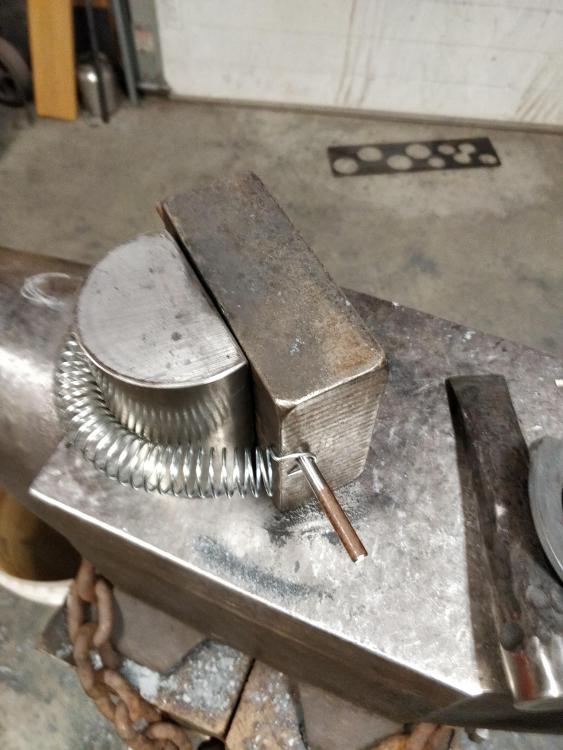
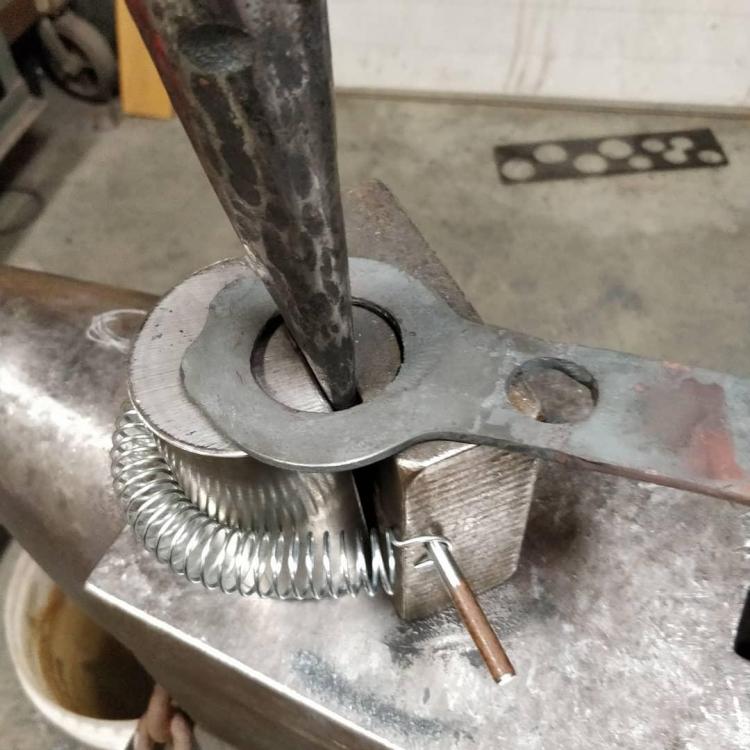
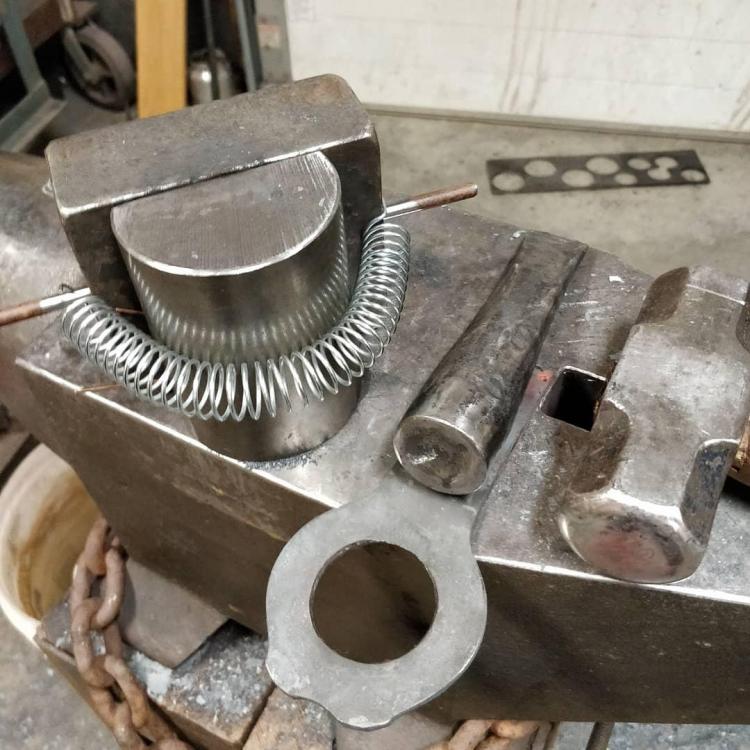
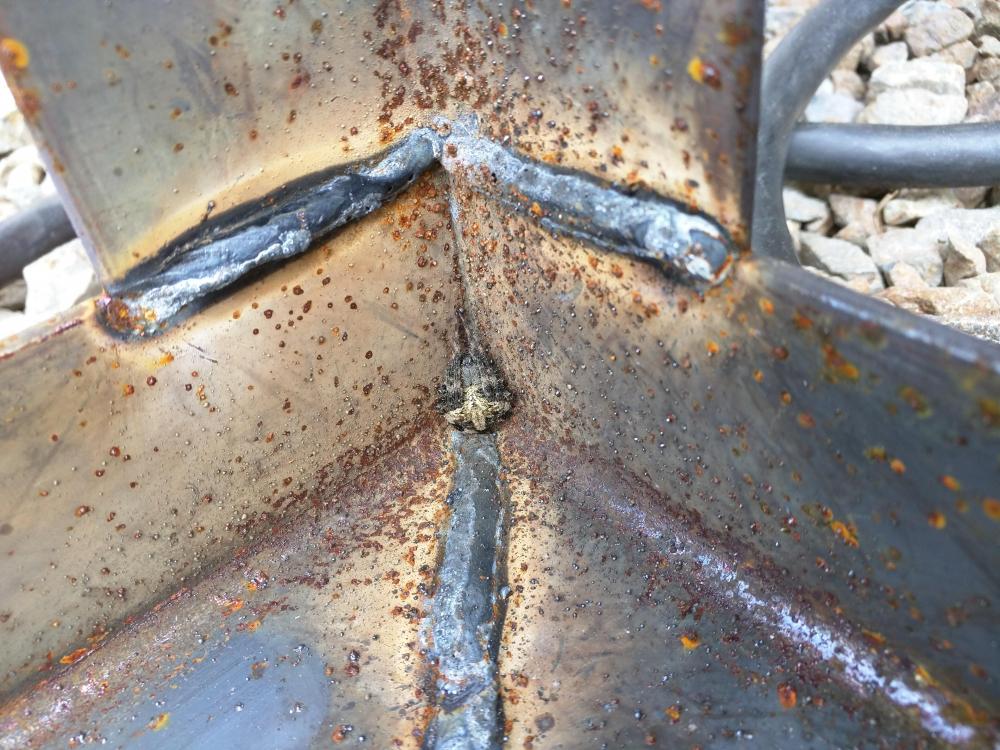
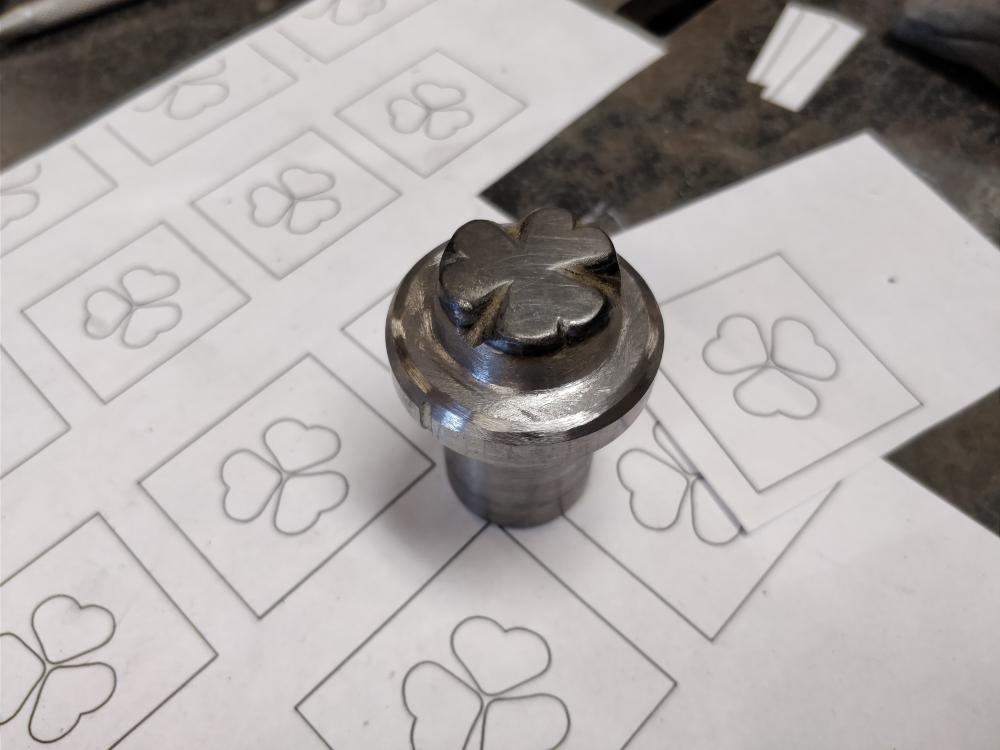
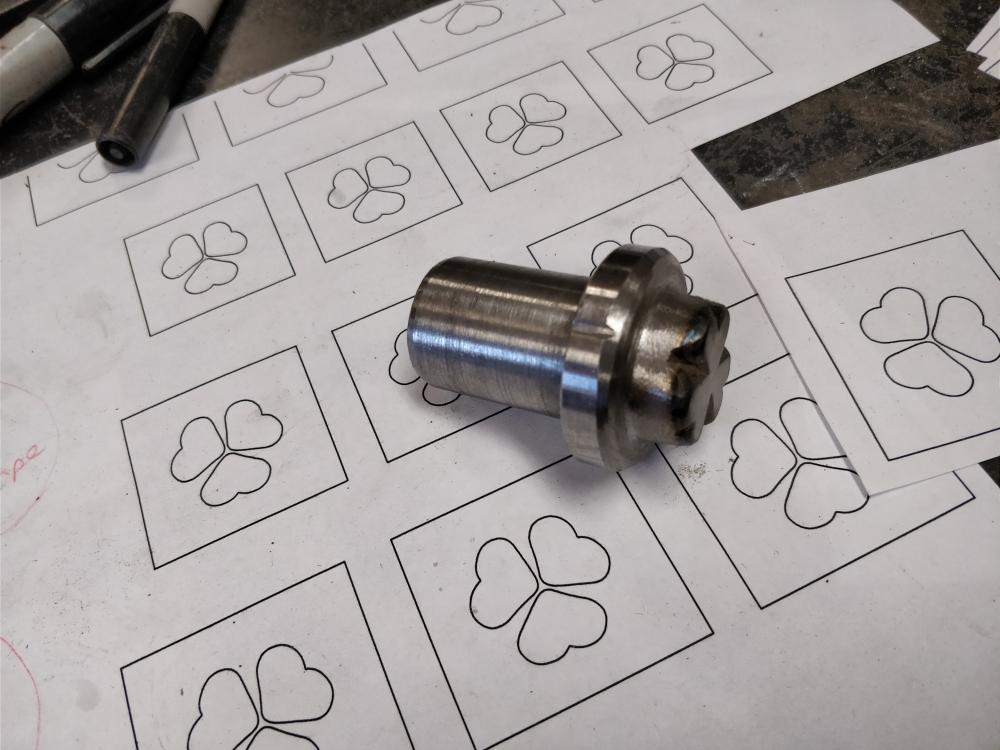
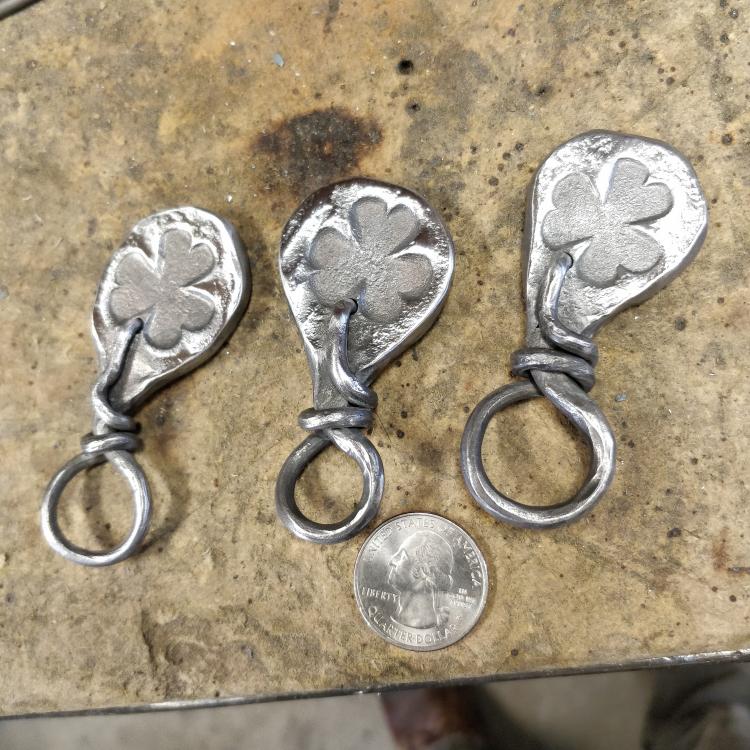
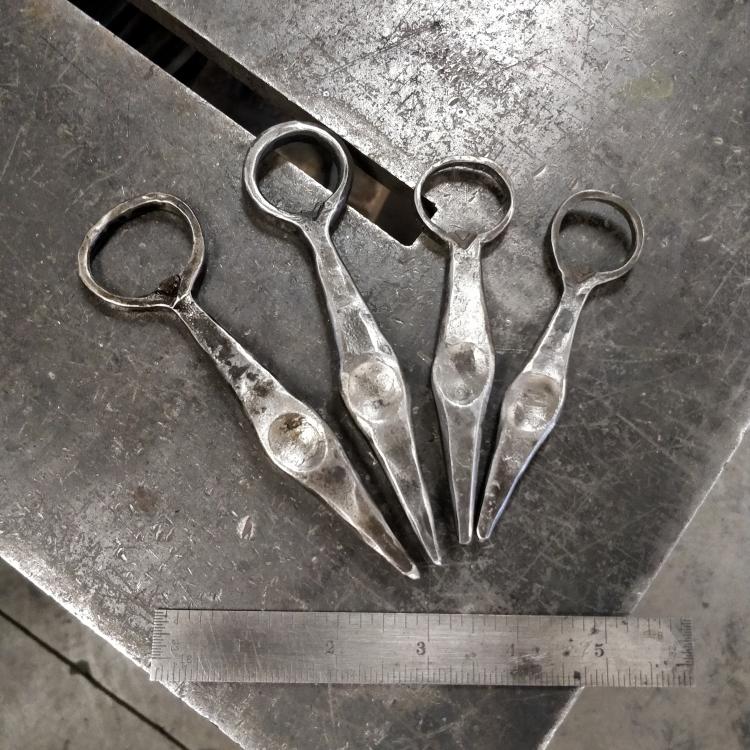
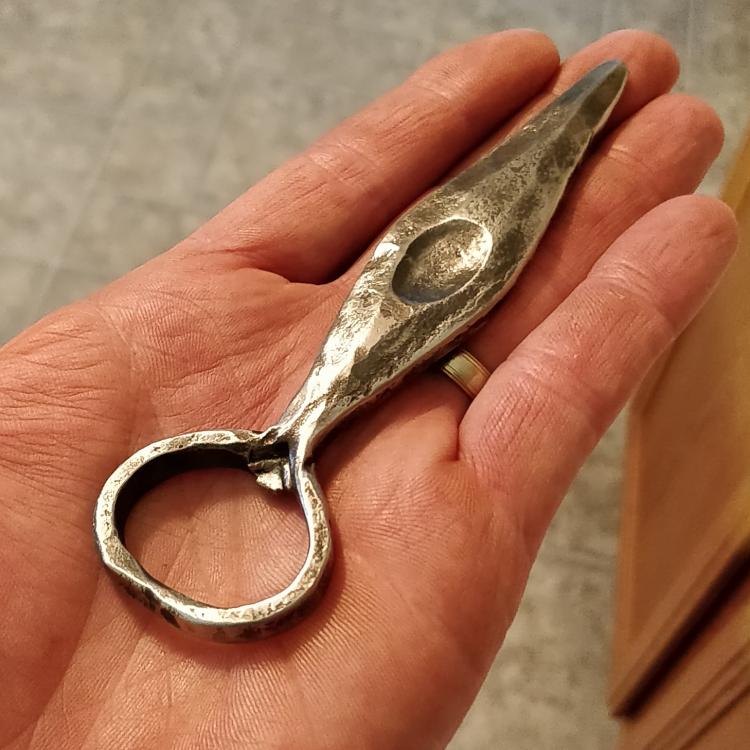
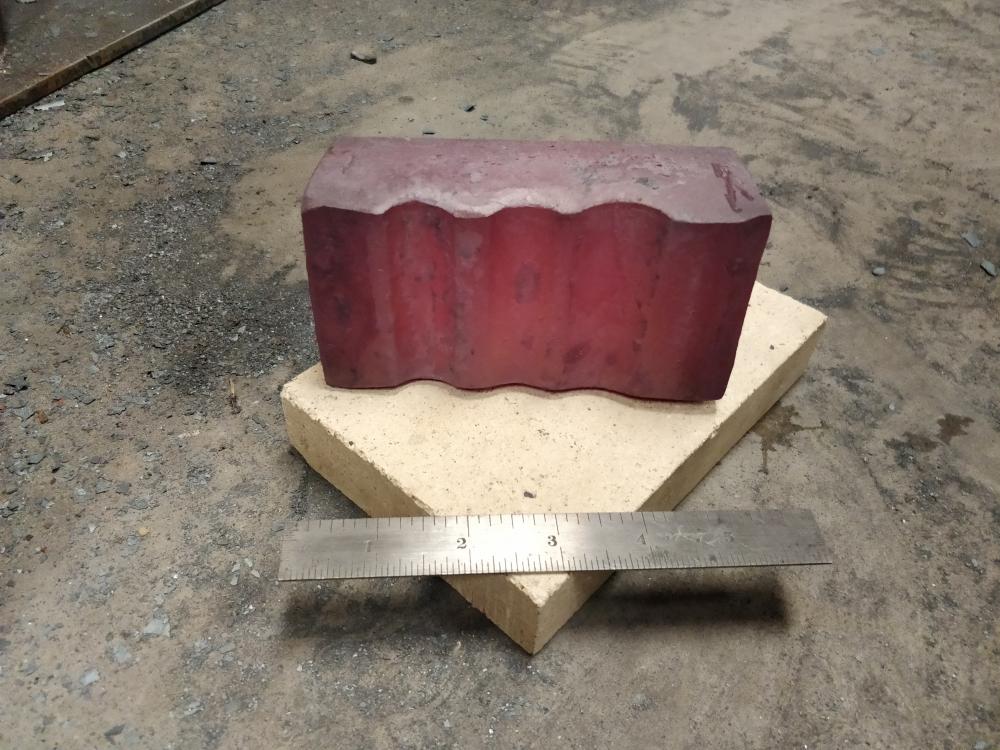
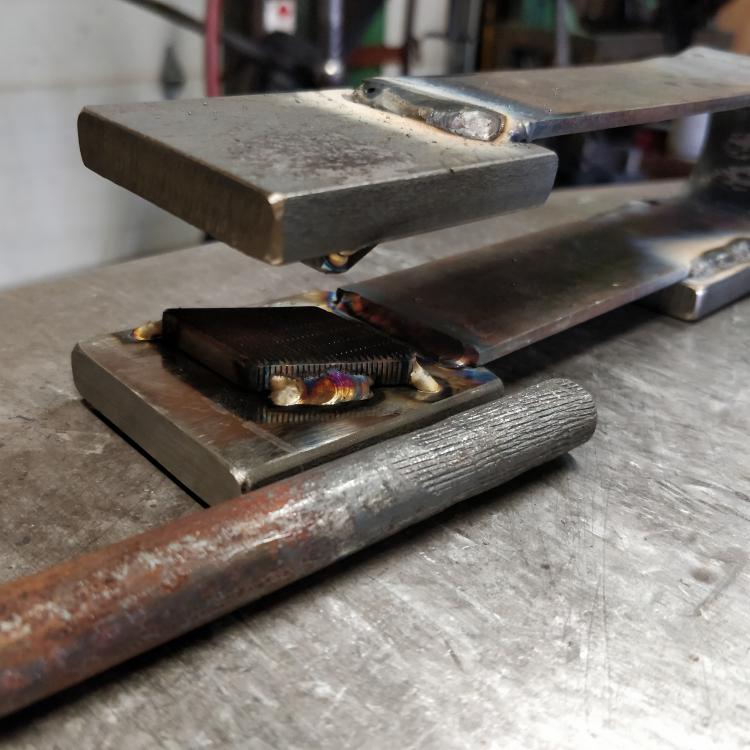
First wine rack
in Member Projects
Posted
Locating and setting the anchors into very old brick was a little scary, but the installation went well and the client is happy. And so am I.